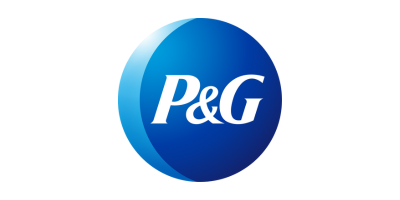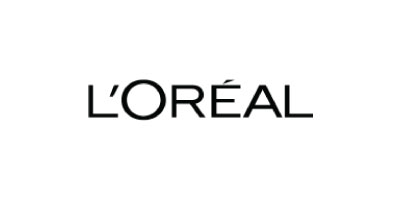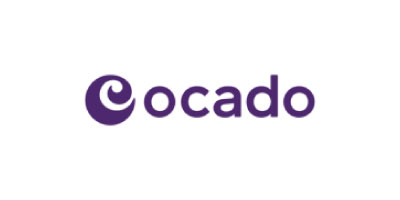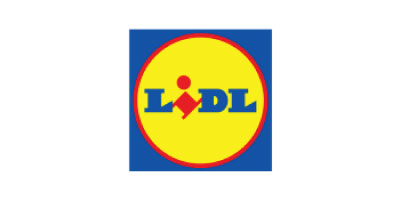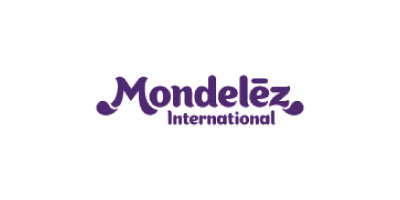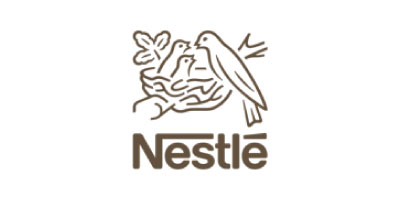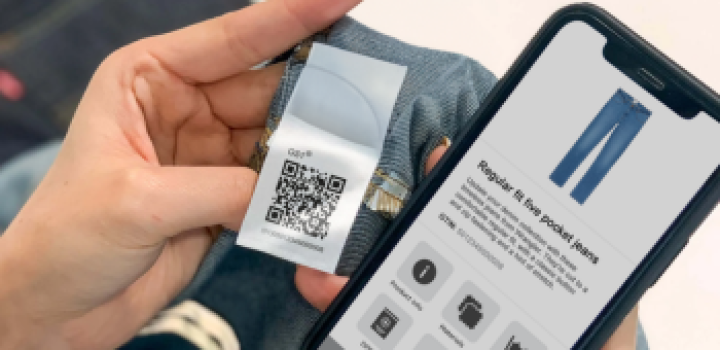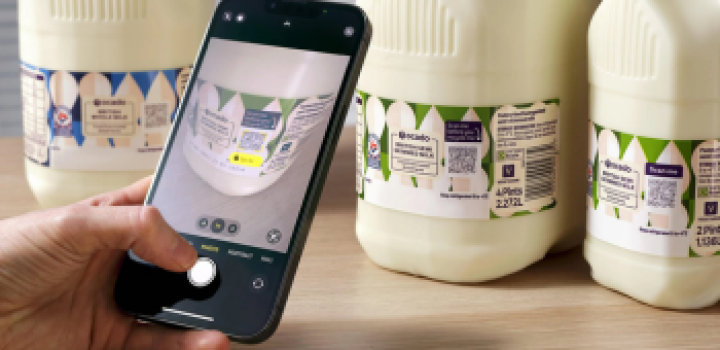
The demand for detailed, interoperable product data has never been higher.
From consumers and regulators to brand owners and retailers, everyone wants to know more about the products they buy, sell or consume. However, space on-pack is finite, meaning there will always be a limit to the amount of information physical labels can carry.
Enter QR codes powered by GS1.
QR codes powered by GS1 have been identified by industry as the solution to this problem. They can be scanned by smartphones and at the point of sale, enabling capabilities far beyond what a standard barcode can offer today.
They can link a product’s unique Global Trade Item Number (GTIN) to a wealth of real-time online content, as well as crucial supply chain data such as use-by dates, batch numbers and more.
QR codes powered by GS1 bridge the gap between the physical and digital world, helping you connect, protect and inspire on a deeper level than ever before.
Scan to access comprehensive product information including lifestyle, usage instructions, nutritional values and traceability details with confidence.
Adapt to changing regulatory demands (e.g. digital product passport, extended producer responsibility and EU labelling requirements) in real-time, without having to alter your physical packaging.
Provide the UK’s two million blind and partially sighted people with improved access to product information and allergens for a more inclusive shopping experience.
Scan to get instant access to vital allergen information.
Enhance supply chain traceability by capturing and sharing the complete story of your product’s provenance and ethical sourcing.
Build consumer trust, combat counterfeiting and protect your brand integrity by verifying product authenticity. Support lifetime guarantees and returns.
Click each feature to find out more
Scan to access detailed and location specific recycling instructions, promoting green credentials and enabling consumers to drive positive change through sustainable purchasing decisions.
Overcome limitations on the size of product labels by enabling consumers to scan and access a wealth of product and brand information.
Smarter QR codes link a physical product and unique identifier to online digital product passport to allow selling cross-borders.
Increase your brand loyalty by engaging, exciting and inspiring your customers with personalised experiences.
Include easily accessible, comprehensive, product-specific details that help improve consumer wellbeing and lifestyle.
Create a lasting bond with your customers by giving them new ways to enjoy your product or inspiring them with other products in your range.
Get real-time information on stock levels, expiry dates, sales volumes and more, for more accurate forecasting and waste reduction.
Track product and stock information with granular detail through warehouses and storefronts.
Track product and stock information with granular detail through warehouses and storefronts.
React swiftly to potential safety issues, block potentially harmful products at POS, precisely identify affected products for targeted recalls and communicate vital safety alerts more effectively.
Click each feature to find out more
Provide consumers with location specific recycling instructions, while also being able to track product lifecycles through to Digital Deposit Return Schemes and other circular economy initiatives.
Smarter QR codes link a physical product and unique identifier to online digital product passport to allow selling cross-borders.
Capture and share information on the provenance of your products and use serialised codes to track them through the supply chain for enhanced traceability.
Adapt to changing regulatory demands (e.g. digital product passport, extended producer responsibility and EU labelling requirements) in real-time, without having to alter your physical packaging.
Global businesses already on board
We’re already seeing the benefits of connecting our products to dynamic digital information that will help customers to know more about the products on our shelves. As well as improving the customer experience and unlocking new supply chain value, we are testing how QR codes powered by GS1 can help Tesco with issues including traceability, compliance, sustainability and shelf-edge communication.Supply chain development & change director, Tesco
Explore our world of QR code expertise
Get future ready today
Kickstart your business transformation by unlocking the power of next generation barcodes. Submit your details below to find out more.



